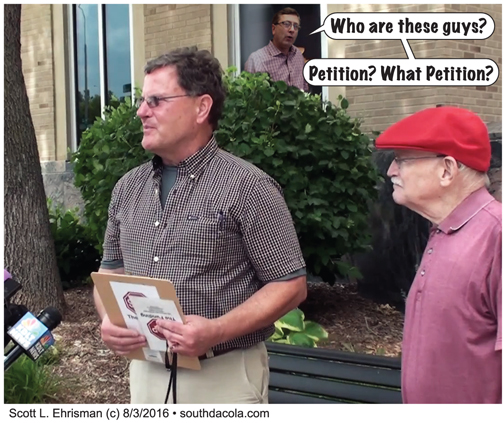I have been suggesting since 2016 that City of Sioux Falls administrative staff work from home

One of my biggest arguments against building a new administrative building was that many city employees who do administrative duties could work from home and would probably save the city millions of dollars a year.
Many of my friends have worked from home for years. In 2009 I used to work for a financial company as the Creative Director, before we closed due to asset selloff, I was preparing to work from home 3 days a week, and was excited about the possibility.
Even farther back than that, when Governor Rounds was being ribbed about having a state airline fleet, it was suggested to him to do more teleconferencing instead of flying places for meetings.
I also find it ironic that the mayor has been urging employers to have employees to work from home when he has done similar to Rounds and has flown all over the country and even the world for ‘meetings’ he could have done via Skype from the comfort of his office, also saving tax dollars.
I hope if something good comes from this pandemic, it is that employers invest in having their employees work from home. Not only is it less stressful and makes employees happier, it would save millions in capital expenses such as large facilities to house these people. It would also save the employees money because many would not have to get expensive childcare. And happier employees have less health problems.
Working from home is a great idea that has been going on for decades in this country, it’s time to expand this option to more workers in our community. It will keep people safer, it will save money and more importantly it will save jobs. It’s too bad it took a horrible pandemic to get employers to look at this option.
